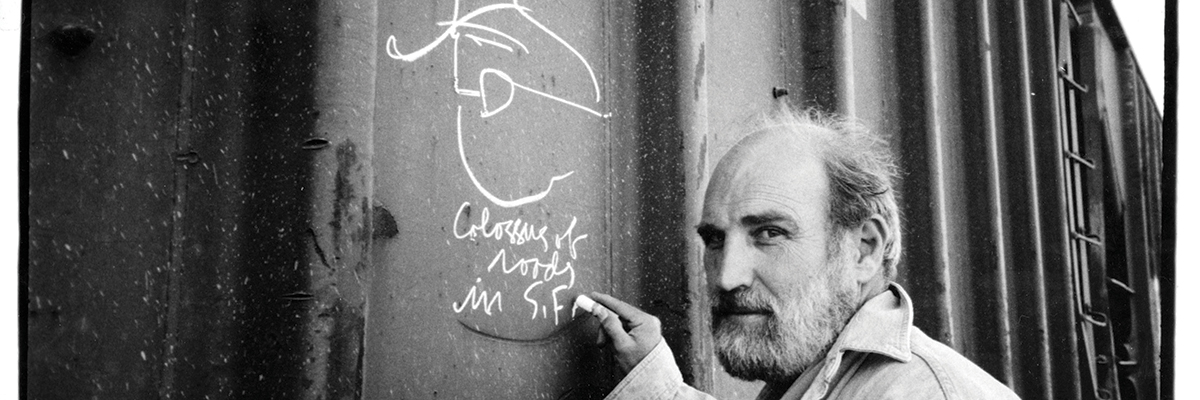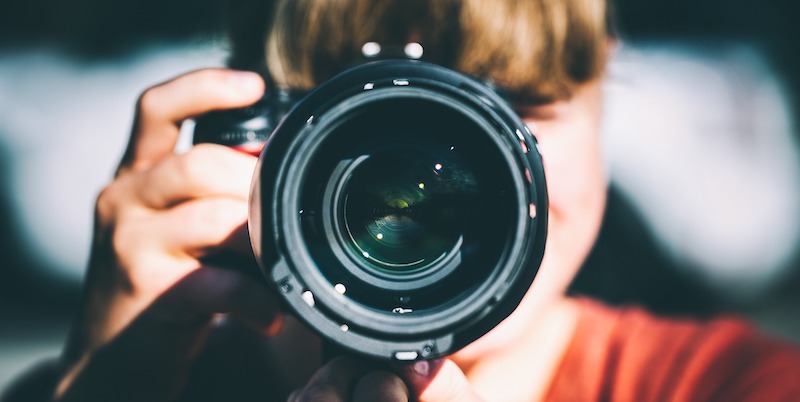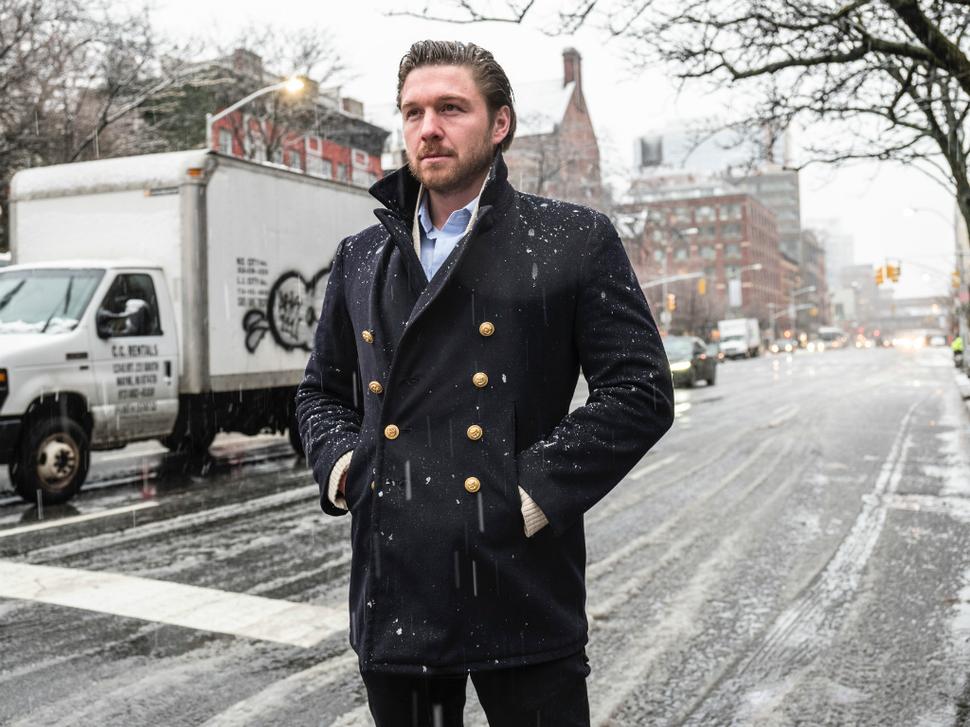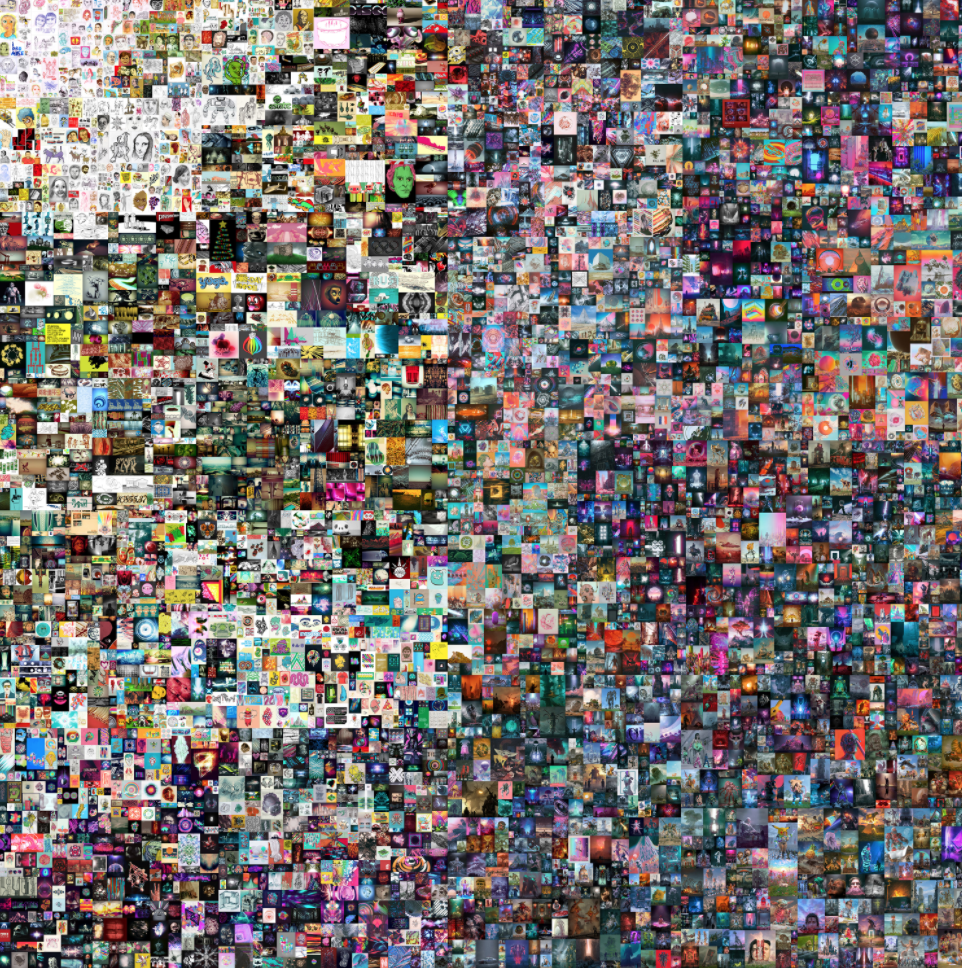1542-a flood ("The Unmanned" series)
2018 - Film & Video (Film & Video)
26 min
Fabien Giraud & Raphael Siboni
– In which an intelligence going back to its place of origin discovers the agony of gods on which it thrives – Seventh and last episode of The Unmanned , “a flood” is set in 1542 as the first conquistadors enter the land later to be known as the Silicon Valley. Mining the colonial past of the region, and entirely generated and edited with an autonomous artificial intelligence system, this film for and by machines only features the return of an intelligence to its place of origin and the death of the animal gods who used to live in it. Closing the series onto itself with a machine trained solely on its first episode (“2045 – The Death of Ray Kurzweil”), it shows the wandering of an inhuman vision trying to revive meaning by recognizing itself on the god’s corpses. The Unmanned, is composed of several 26min episodes, it is a fictional documentary about the history of humanity faced with technology acceleration. Each episode dramatizes a “singular” encounter between man and machine. Each episode is filmed with a different camera (a preprogrammed machine or a drone). The title The Unmanned – in French, ‘an uninhabited machine’ highlights perfectly the subject and the method used by the artists. In coproduction with Casino Luxembourg and KADIST and with the support of Fondation d’Entreprise Ricard, CNC – DICRéAM – Ministère de la Culture et de la Communication, and Institut Français – Consulat Général de France à San Francisco.
The collaborative work of Fabien Giraud and Raphael Siboni is part of a reflection on the history of cinema, science, and technology. For them, cinema is a technological invention which fundamentally transforms our relationship to the world. Giraud and Siboni are fascinated by technological acceleration. So much so that they imagine the possibility of a cinema without a human figure; one which does not subject bodies to the frame, nor bend gestures to duration. Each of their films bring radically different temporalities that are foreign to our present. They choose to film in hidden places, like the particle accelerator under the Louvre museum in La Mesure Louvre (2011), or abandoned places like the Greek temple in Bassae-Bassae (2012) where human absence is hollowly felt. Giraud and Siboni are also inspired by popular culture, micro-histories and major political conspiracies.
Colors:
Related works sharing similar palette

© » HYPERALLERGIC
National Academy of Design Presents “Sites of Impermanence” Skip to content Willie Cole, “Five Beauties Rising” (2012), suite of five prints, intaglio and relief (courtesy the artist) The National Academy of Design’s new exhibition , Sites of Impermanence , celebrates the contributions of the 2023 Class of National Academicians: Alice Adams, Sanford Biggers, Willie Cole, Torkwase Dyson, Richard Gluckman, Carlos Jiménez, Mel Kendrick, and Sarah Oppenheimer...

© » KADIST
Ho Tzu Nyen
2011The Cloud of Unknowing (2011) is titled after a 14th-century medieval treatise on faith, in which “the cloud of unknowing” that stands between the aspirant and God can only be evoked by the senses, rather than the rational mind...

© » KADIST
Hank Willis Thomas
2012Thomas’ lenticular text-based works require viewers to shift positions as they view them in order to fully absorb their content...

© » LONDONIST
Quentin Blake: Now Exhibition | Londonist This Free Quentin Blake Exhibition Lands In London At The End Of January By Will Noble Will Noble This Free Quentin Blake Exhibition Lands In London At The End Of January The exhibition is free, although if you want, you can spend a lot of money by purchasing an original...

© » BROOKLYN STREET ART
buZ Blurr, One Telling of the “Origin Story” at Straat Museum Amsterdam | Brooklyn Street Art BROOKLYN STREET ART LOVES YOU MORE EVERY DAY In the shifting culturescapes of urban contemporary art, STRAAT Museum’s latest exhibition, “Moniker: An Origin Story,” emerges as a poignant narrative that bridges the transient heritage of hobo monikers with the vibrant pulse of today’s street art scene...

© » LITHUB
How to Be Photographed: 12 Tips for Putting Your Best Writerly Face Forward ‹ Literary Hub Craft and Criticism Fiction and Poetry News and Culture Lit Hub Radio Reading Lists Book Marks CrimeReads About Log In Literary Hub Craft and Criticism Literary Criticism Craft and Advice In Conversation On Translation Fiction and Poetry Short Story From the Novel Poem News and Culture History Science Politics Biography Memoir Food Technology Bookstores and Libraries Film and TV Travel Music Art and Photography The Hub Style Design Sports Freeman’s The Virtual Book Channel Lit Hub Radio Behind the Mic Beyond the Page The Cosmic Library The Critic and Her Publics Emergence Magazine Fiction/Non/Fiction First Draft: A Dialogue on Writing Future Fables The History of Literature I’m a Writer But Just the Right Book Keen On The Literary Life with Mitchell Kaplan New Books Network Read Smart Talk Easy Tor Presents: Voyage Into Genre Windham-Campbell Prizes Podcast Write-minded Reading Lists The Best of the Decade Book Marks Best Reviewed Books BookMarks Daily Giveaway CrimeReads True Crime The Daily Thrill CrimeReads Daily Giveaway Log In How to Be Photographed: 12 Tips for Putting Your Best Writerly Face Forward Michelle Wildgen on the Art of the Author Photo By Michelle Wildgen January 2, 2024 Every few years I write a book...

© » KADIST
6pm – Les Statues Meurent Aussi (1953) 7pm – It for Others (2013) The second in a monthly series of double features exploring the relationship between cinema and contemporary video and performance art, Kadist screens Chris Marker and Alain Resnais’ 1953 film, Les Statues Meurent Aussi (Statues Also Die) (1953) and Duncan Campbell’s Turner Prize -winning film It for Others (2013)...

© » KADIST
Natasha Wheat
2011Natasha Wheat’s Kerosene Triptych (2011) is composed of three images, one each from the digital files of the Library of Congress, the Smithsonian Institution, and the Field Museum tropical research archive...

© » ARTS EQUATOR
Silenced Voices, Unacceptable Humor, Distasteful Desires: The Censorship of Gender and Sexuality in the Philippines | ArtsEquator Skip to content Katrina Stuart Santiago demonstrates how recent incidents of artistic censorship in the Philippines have focused on the silencing of female and LGBTQIA+ voices...

© » KADIST
American Artist
2022American Artist is engaged in a multiyear research project that traces and teases various interconnections between the life and work of science fiction author Octavia E...

© » KADIST
Jason Dodge
2007In Algeria, Djidjiga Meffre has woven a fabric with a string, a length equal to the distance from the earth to troposphere...

© » KADIST
Maria Fernanda Plata
2015Unraveling, or “unweaving” sections of fabric, Maria Fernanda Plata arrived at delicate and tenuous-looking forms, both ghostly and gentle...








